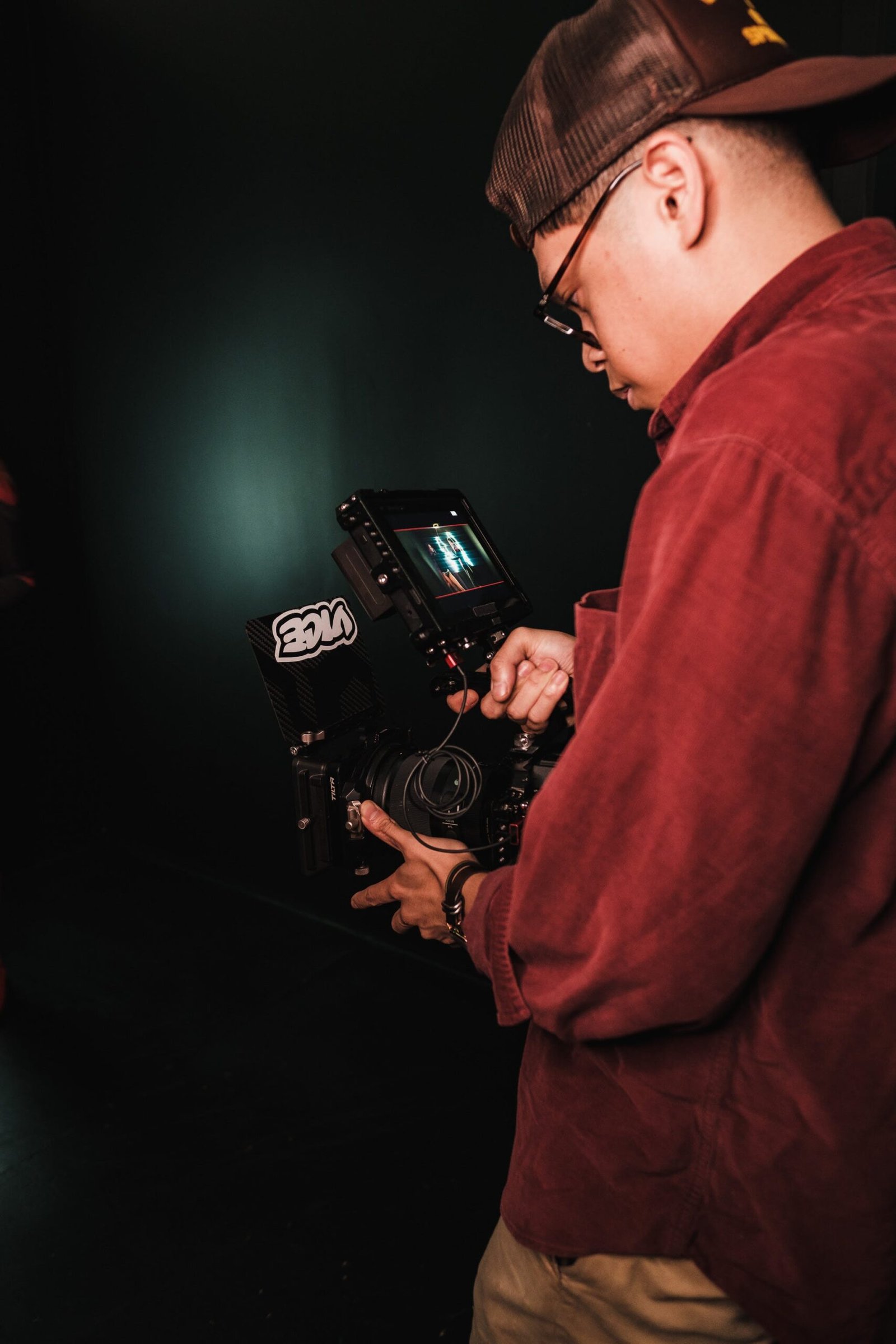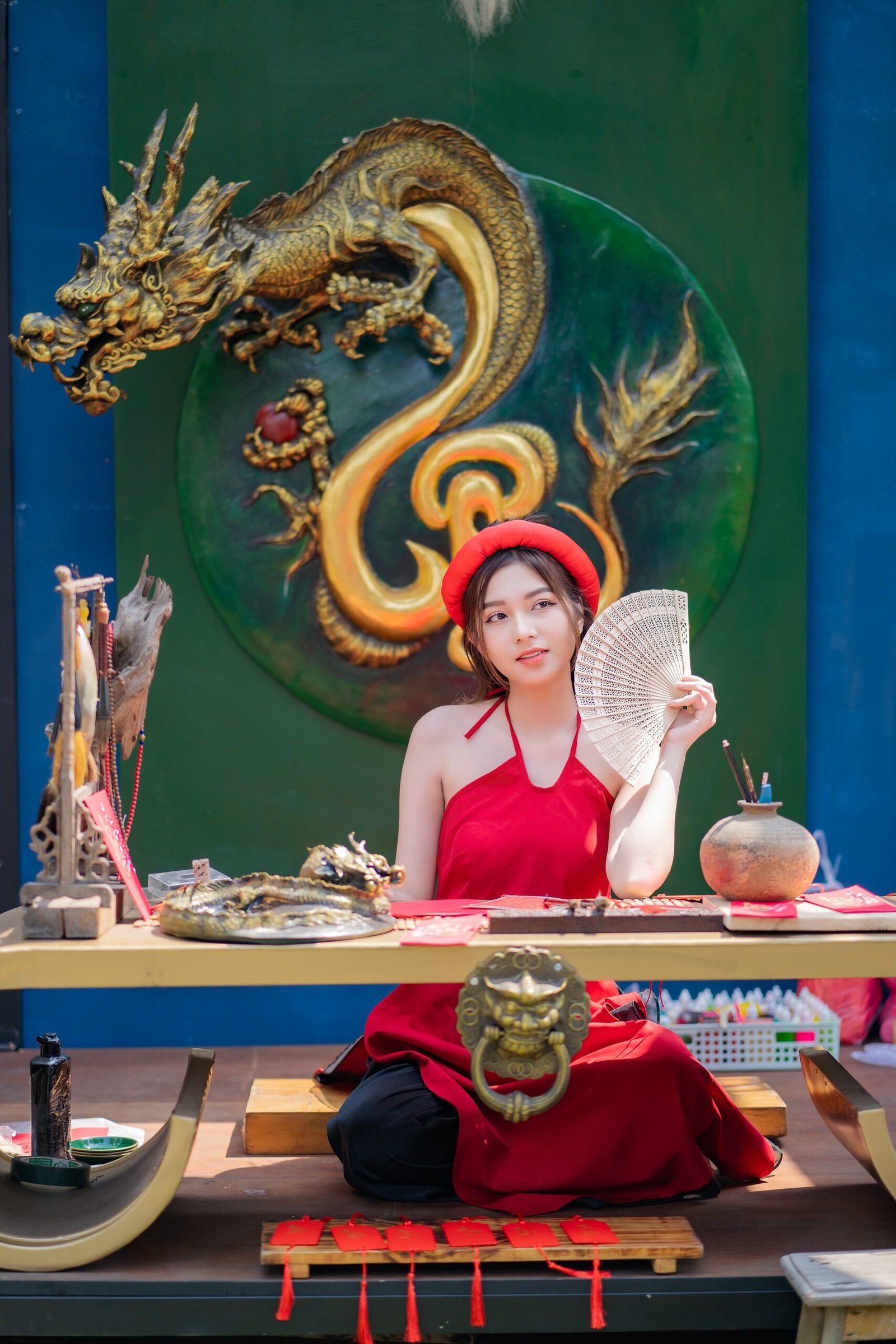Imagine yourself sitting in a serene and elegant setting, surrounded by intricate porcelain teaware and the gentle aroma of freshly steeped tea. As you observe the graceful movements of the tea master, you can’t help but wonder how to fully embrace and appreciate the beauty of a traditional Korean tea ceremony. In this article, we will delve into the essence of this ancient practice, unraveling the customs and etiquette that will guide you towards a truly enchanting experience. From understanding the significance of each gesture to savoring the complex flavors of Korean teas, prepare to embark on a journey of cultural immersion and sensory delight.
Understanding the Significance of the Tea Ceremony
Exploring the history and cultural importance of Korean tea ceremonies
A traditional Korean tea ceremony, known as Darye, holds immense cultural significance in Korean society. Its roots can be traced back to the 9th century, during the reign of the Silla Dynasty. The ceremony not only celebrates the art of tea making but also serves as a means to promote mindfulness, serenity, and connection with nature.
The practice of tea ceremonies in Korea was influenced by Zen Buddhism, which emphasized the importance of meditation and mindful living. Through the tea ceremony, practitioners strive to achieve a state of inner calm and tranquility. This ancient practice has been passed down through generations, making it an essential part of Korean cultural heritage.
Learning about the spiritual and mindful aspects of the ceremony
Participating in a Korean tea ceremony goes beyond simply drinking tea; it is a profound spiritual and mindful experience. The ceremony encourages individuals to be fully present in the moment and appreciate the beauty of simplicity. It teaches us to slow down, focus on our surroundings, and find peace within ourselves.
The ceremony emphasizes mindfulness by incorporating various rituals and actions that require attention and intention. From the methodical preparation of tea to the way participants sit and hold their tea bowls, every aspect of the ceremony encourages individuals to cultivate mindfulness and develop a deep connection with themselves and others.
Preparing for the Tea Ceremony
Researching and selecting a reputable tea house or tea master
Before embarking on your tea ceremony journey, it is essential to conduct thorough research to find a reputable tea house or tea master. Seek recommendations from experienced tea enthusiasts or consult online resources dedicated to traditional Korean tea ceremonies. Look for establishments or individuals with a deep understanding of the ceremonies’ cultural significance, history, and expertise in tea preparation.
Choosing a tea house or tea master with a good reputation will ensure a meaningful and authentic tea ceremony experience. Take your time to explore different options and read reviews from previous participants to make an informed decision.
Understanding the etiquette and dress code for the ceremony
To fully immerse yourself in the tea ceremony experience, it is crucial to understand and respect the etiquette and dress code associated with it. The tea ceremony is a formal event that demands proper decorum and traditional attire.
When attending a tea ceremony, it is customary to dress neatly and conservatively. Men often wear traditional Korean clothing, such as a hanbok, while women may opt for a hanbok or elegant attire. Remember to remove your shoes before entering the tea room and follow the lead of the tea master and other participants in terms of behavior and gestures.

Arriving at the Tea Ceremony
Observing the traditional entrance rituals and greetings
As you enter the tea room, take a moment to appreciate the traditional entrance rituals and greetings that mark the beginning of the ceremony. Bow respectfully towards the center of the room to show your respect and gratitude for the opportunity to participate in the ceremony.
Greet the tea master and other participants with a polite bow and a warm smile. Following the lead of the tea master, take your designated seat and prepare yourself for the serene and contemplative atmosphere that awaits.
Appreciating the serene atmosphere and beautiful surroundings
Upon entering the tea room, you will notice the deliberate efforts taken to create a serene and tranquil atmosphere. The tea room, often adorned with natural elements such as flowers or artwork, aims to evoke a sense of harmony and connection with nature.
Take a moment to appreciate the beautiful surroundings and allow yourself to be fully present in the present moment. Notice the light filtering through the windows, the gentle sound of water in the nearby garden, and the faint aroma of incense. These elements contribute to the overall ambiance of the tea ceremony and enhance the overall experience.
Participating in the Tea Ceremony
Learning the proper way to sit and position oneself during the ceremony
Proper posture and positioning are crucial during a Korean tea ceremony. Sit earnestly on the floor, with your legs crossed or folded to one side. Turn your body slightly towards the tea master, displaying respect and attentiveness. It is important to maintain a straight back and relaxed shoulders throughout the ceremony.
Follow the lead of the tea master and mirror their movements and gestures. This will help create a harmonious atmosphere and ensure that you participate in the ceremony with grace and poise.
Listening attentively to the tea master and following their instructions
Central to the tea ceremony is the guidance and wisdom of the tea master. Listen carefully to their instructions and explanations as they guide you through the various stages of the ceremony. Pay attention to their movements, gestures, and vocal inflections, as these provide valuable cues for your participation.
As you partake in the ceremony, strive to be fully present and engaged. The tea master may share insights about the tea, its origin, and its significance. Absorb this knowledge and appreciate the depth and richness of the ceremony as a whole.

Appreciating the Tea and Tea Utensils
Observing the tea preparation process and appreciating the artistry involved
One of the highlights of experiencing a Korean tea ceremony is witnessing the meticulous preparation of the tea. Observe with curiosity and admiration as the tea master skillfully measures, scoops, and infuses the leaves. Pay attention to the precise movements, as they reflect the artistry and discipline inherent in tea preparation.
Take note of the careful attention given to every detail, from the temperature of the water to the appropriate steeping time. Each element contributes to the overall flavor profile and quality of the tea. By observing this process, you can gain insight into the complexities of tea making and further appreciate its significance.
Examining and admiring the tea bowls, tea pots, and other utensils
While savoring the tea, take a moment to examine and appreciate the tea bowls, tea pots, and other utensils used in the ceremony. Korean tea bowls, known as “dajji,” vary in shape, size, and design, each possessing its own unique charm. Notice the craftsmanship and artistic elements incorporated into these bowls, which further enhance the tea-drinking experience.
Similarly, admire the tea pots, tea strainers, and various utensils used by the tea master. These tools have been carefully selected for their functionality and aesthetic appeal, contributing to the overall elegance and artistry of the tea ceremony. Each piece tells a story and embodies the rich cultural heritage associated with Korean tea.
Tasting and Savoring the Tea
Learning the proper way to hold and drink from the tea bowl
When it comes time to taste the tea, remember to hold the tea bowl with both hands, cradling it gently. Lift the bowl to your lips and take small, deliberate sips. Avoid blowing on the tea to cool it, as it is considered impolite.
The act of holding the tea bowl with both hands symbolizes respect and gratitude towards the tea master and the tea itself. By observing this practice, you not only honor the tradition but also allow yourself to connect on a deeper level with the tea and the entire ceremony.
Taking time to savor the aroma, taste, and texture of the tea
As you savor the tea, take your time to fully appreciate its aroma, taste, and texture. Close your eyes and inhale deeply, allowing the fragrant steam to envelop your senses. Notice the delicate flavors dancing on your palate and the smoothness or richness of the tea. Pay attention to its mouthfeel, whether it is thin and light or thick and velvety.
Allow yourself to become fully immersed in the experience, relishing each sip and embracing the tranquility that comes with it. The act of savoring the tea promotes mindfulness, encourages gratitude, and cultivates a sense of inner peace.

Reflecting on the Experience
Taking a moment for personal reflection and mindfulness
After concluding the tea ceremony, take a moment for personal reflection and mindfulness. Find a quiet space where you can sit comfortably and close your eyes. Allow the experience of the tea ceremony to settle within you, embracing any emotions or thoughts that arise.
Reflect on the significance of the ceremony and how it has impacted your senses, your mindfulness, and your overall well-being. Contemplate the lessons learned, the calmness achieved, and the beauty in simplicity that the tea ceremony embodies.
Appreciating the deeper meanings and lessons of the tea ceremony
A Korean tea ceremony resonates on a deeper level, touching upon fundamental aspects of life and spirituality. It teaches us to embrace simplicity, find harmony within ourselves and our surroundings, and cherish the moments of serenity that offer respite from our busy lives.
By appreciating the deeper meanings and lessons of the tea ceremony, we can integrate its principles into our daily lives. From practicing mindfulness to appreciating the beauty in simplicity, the tea ceremony serves as a gentle reminder to lead a more balanced, centered, and harmonious existence.
Expressing Gratitude to the Tea Master
Thanking the tea master for their guidance and expertise
At the conclusion of the tea ceremony, it is customary to express gratitude to the tea master for their guidance and expertise. Offer a sincere thank you, reflecting on the transformative experience the ceremony has provided. Acknowledge the tea master’s dedication to the craft and their role in preserving the beauty of the tea ceremony tradition.
A heartfelt expression of gratitude not only recognizes the tea master’s efforts but also fosters a connection and appreciation for the shared experience.
Offering a small token of appreciation or a gesture of respect
In addition to expressing gratitude verbally, a small token of appreciation or a gesture of respect can further convey your appreciation for the tea master’s efforts. Offer a gift, such as a carefully chosen tea set, a handwritten note, or a simple gesture, such as a bow of respect.
The gesture need not be grand or expensive, but rather a sincere expression of gratitude that honors the tea master and the transformative experience they have facilitated.

Continuing the Tea Journey
Exploring further tea ceremonies or tea-related activities
After experiencing the beauty and serenity of a Korean tea ceremony, you may find yourself eager to further explore the world of tea. Consider attending additional tea ceremonies or workshops to deepen your understanding and appreciation.
Seek out opportunities to explore different styles and traditions of tea ceremonies, both within Korea and beyond. Expand your palate by sampling a wide variety of teas, each with its own unique characteristics and flavors. By continuing your tea journey, you can gain a more comprehensive understanding of tea culture and its profound impact on various societies.
Deepening knowledge and understanding of tea through books or classes
Another way to continue your tea exploration is by deepening your knowledge and understanding of tea through literature or organized classes. Seek out reputable books or online resources dedicated to the art of tea and its cultural significance.
Consider enrolling in formal tea classes or workshops to gain hands-on experience and learn from experts in the field. Embracing tea as a lifelong pursuit allows for continuous growth, discovery, and appreciation of this ancient and cherished practice.
Sharing the Experience with Others
Sharing your tea ceremony experience with friends or family
The beauty of the tea ceremony lies not only in its personal impact but also in its ability to bring people together. Share your tea ceremony experience with friends and family, recounting the moments of serenity, mindfulness, and reflection.
Invite them to experience the tea ceremony firsthand, offering them the opportunity to appreciate its beauty and deepen their own understanding. By sharing this tradition with loved ones, you can create meaningful connections and celebrate the tranquility and grace of the tea ceremony together.
Inviting others to join you in future tea ceremonies
As you continue your tea journey, consider inviting others to join you in future tea ceremonies. Encourage them to explore this time-honored practice and discover the serenity it can bring to their lives.
By extending an open invitation, you open the door for shared experiences, deepened connections, and a community of tea enthusiasts. Embrace the joy of coming together, fostering friendships, and celebrating the transformative power of the tea ceremony.
In conclusion, a traditional Korean tea ceremony offers much more than a simple appreciation of tea; it provides an opportunity for self-reflection, mindfulness, and connection with others. From the meticulous preparation of the tea to the appreciation of the tea bowls and utensils, every aspect of the ceremony serves to deepen our understanding and appreciation of this ancient practice. By immersing ourselves in the serene atmosphere and embracing the spiritual aspects, we can fully experience the beauty and significance of the Korean tea ceremony. So, take the time to learn, participate, and share the tea ceremony, and let it guide you towards a more mindful and fulfilled life.

